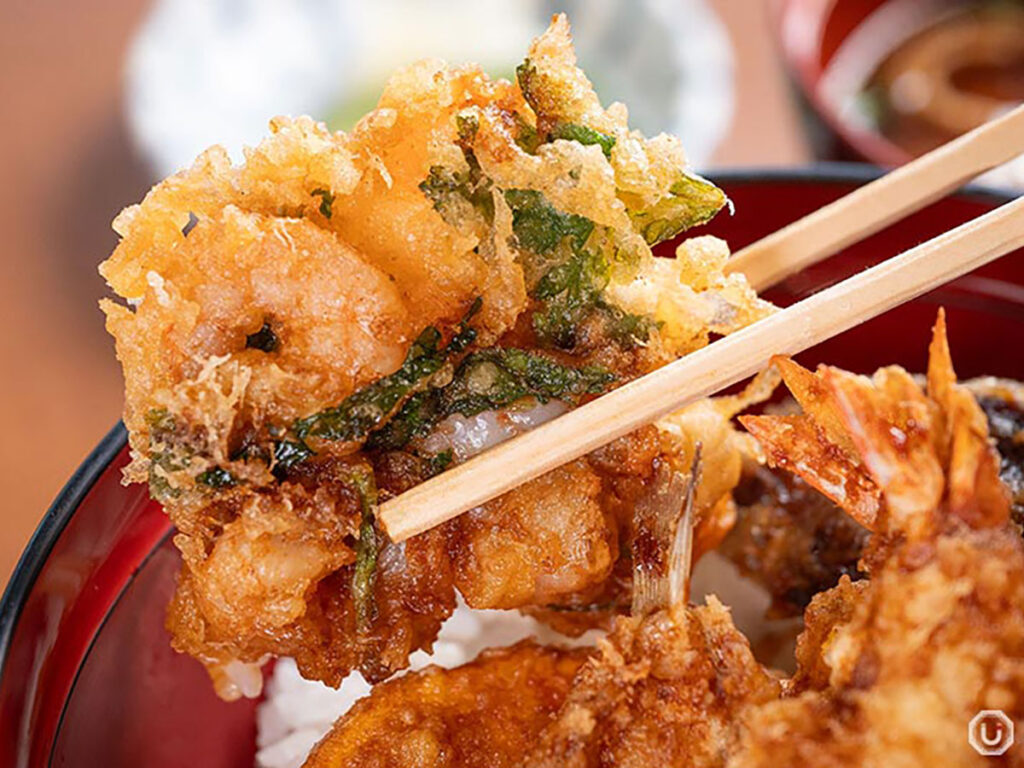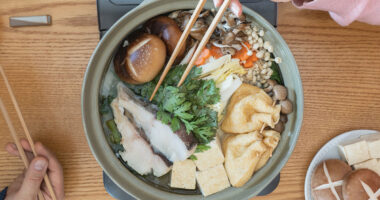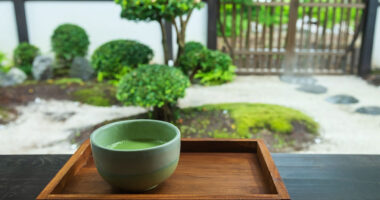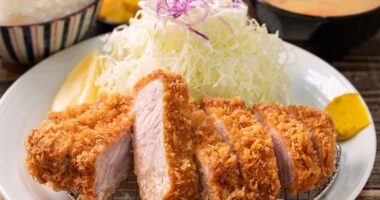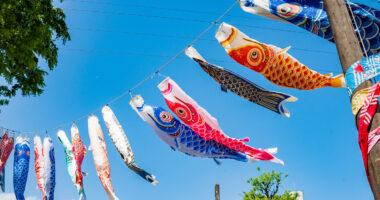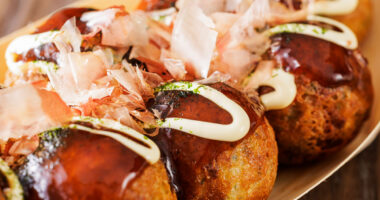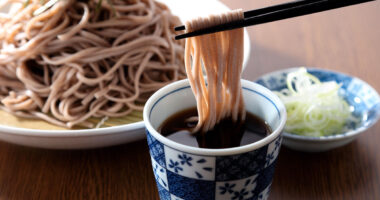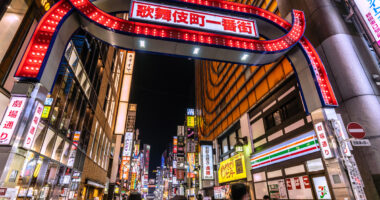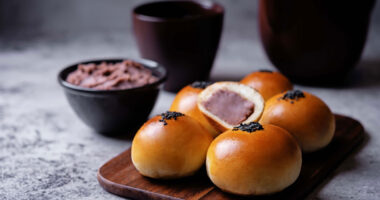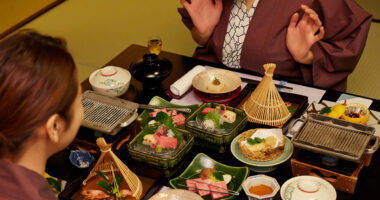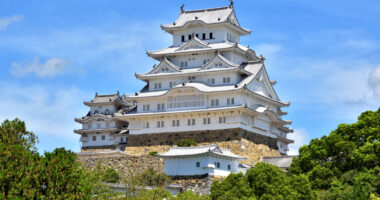Donburi, or rice bowl dishes, are a hallmark of Japanese cuisine. Featuring a bowl of rice topped with a variety of ingredients, these meals are simple yet satisfying and are deeply woven into everyday Japanese life. Their convenience and flavor make them especially beloved among busy modern eaters.
What makes donburi so appealing is their remarkable variety. Toppings range from meats and seafood to eggs and vegetables, often reflecting seasonal and regional characteristics. Not only are they often flavorful, but donburi meals also offer a well-balanced nutritional profile—all in a single bowl—making them popular in both home cooking and dining out.
If you’re visiting Japan, donburi is one of the must-try traditional dishes that captures the essence of Japanese food culture.
What is donburi? Basic information
“Donburi” refers to a traditional Japanese dish served in a deep bowl of rice topped with various ingredients. The character for donburi (丼) originally referred only to the vessel itself, but today it is often also used to refer to the entire dish—rice plus toppings.
Typical structure of a donburi
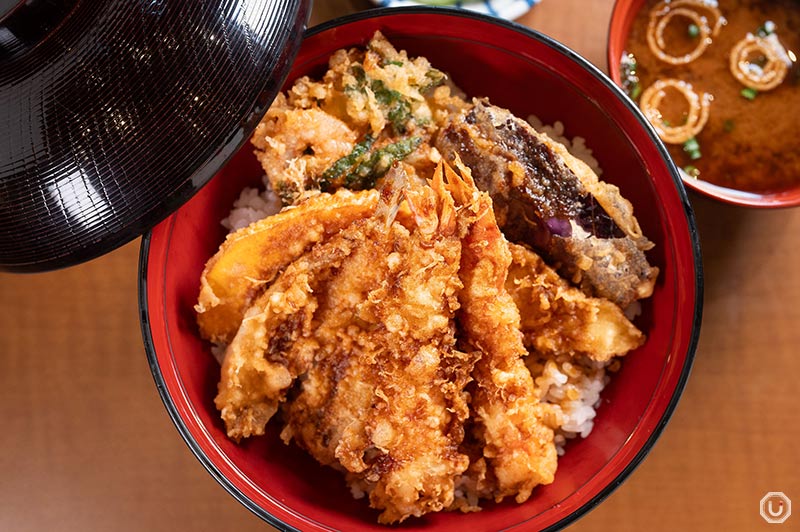
Special Tempura Bowl at Tempura Hisago Akihabara UDX
Donburi is typically prepared by first serving rice and then topping it with ingredients. This method allows diners to enjoy both staple and side dishes in one bowl, making for a convenient and nutritious meal. The toppings range from meats and seafood to vegetables and eggs, each prepared in ways that best suit the ingredients.
Sauces and seasonings—like tare (sweet soy-based sauce), dashi, or other condiments—are also a defining feature. These soak into the rice, unifying the flavors and making every bite delicious from top to bottom.
Donburi vs. other rice bowl dishes
While donburi stands out as a cornerstone of Japanese cuisine, it shares some similarities with other rice bowl dishes, like Korean bibimbap. However, the two differ significantly in flavor and preparation. Bibimbap is often served in a hot stone bowl with crispy rice at the bottom and spicy gochujang-based seasoning, emphasizing vegetables.
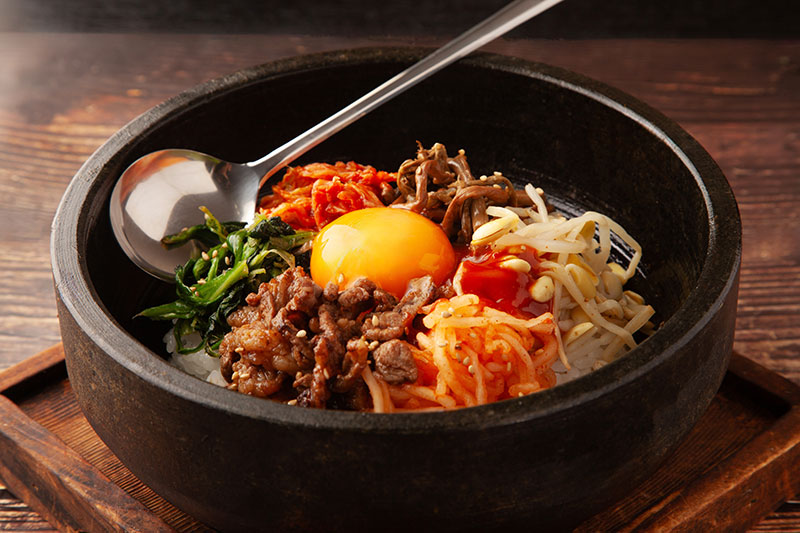
Photo for illustrative purposes
Japanese donburi, by contrast, is usually served in ceramic bowls with a sweet-and-savory soy-based flavor profile. The toppings lean more heavily toward meat and seafood, reflecting Japanese taste preferences.
The history and cultural background of donburi
Compared to other traditional Japanese dishes, donburi is relatively new. While a vegetarian dish called hōhan—cooked vegetables and broth over rice—existed during the Muromachi period (1336 to 1573), modern-style donburi is said to have only became common around the early 19th century.
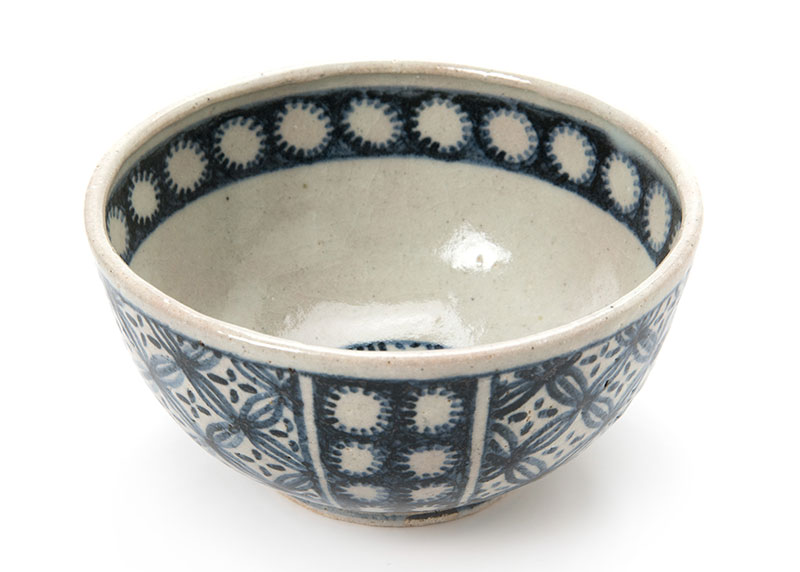
Photo for illustrative purposes
Donburi in the Edo period
During the Edo period, donburi saw rapid development thanks to the rise of commoner culture. In Edo (modern-day Tokyo), unagi don (grilled eel over rice) became popular as a quick meal for theatergoers. Street stalls and teahouses around theaters offered these bowls for quick, satisfying meals between performances.
Donburi’s one-bowl format suited the fast-paced lifestyle of Edo’s residents. With generous portions served in a single bowl and no need for multiple dishes, it was a convenient and efficient way to dine—especially suited to food stalls and street vendors.
Modernization from the Meiji period onward
From the Meiji period onward, Western influences brought even more variety to donburi. New styles like katsudon (fried cutlet over rice) fused Japanese and Western flavors. The Taisho (1912-1926) and Showa (1926-1989) eras saw the emergence of many regional variations, laying the foundation for the vast diversity we see today.
In the postwar era, Japan’s economic boom fueled the growth of restaurant chains, including donburi specialists. The widespread availability of gyūdon (beef bowls) through nationwide chains cemented donburi as an affordable, fast, and popular meal option.
Popular types of donburi
Donburi dishes are incredibly varied, with dozens of different types depending on the toppings and how they’re prepared. Below are some of the most beloved and iconic styles in Japan.
Meat-based donburi
Gyudon (beef bowl) is one of Japan’s most popular donburi dishes, featuring sweet-savory simmered beef and onions over rice. It gained popularity in the postwar era and is now sold nationwide in dedicated chains. The umami-rich beef, sweet onions, and soy-based broth make for a comforting and well-balanced meal.
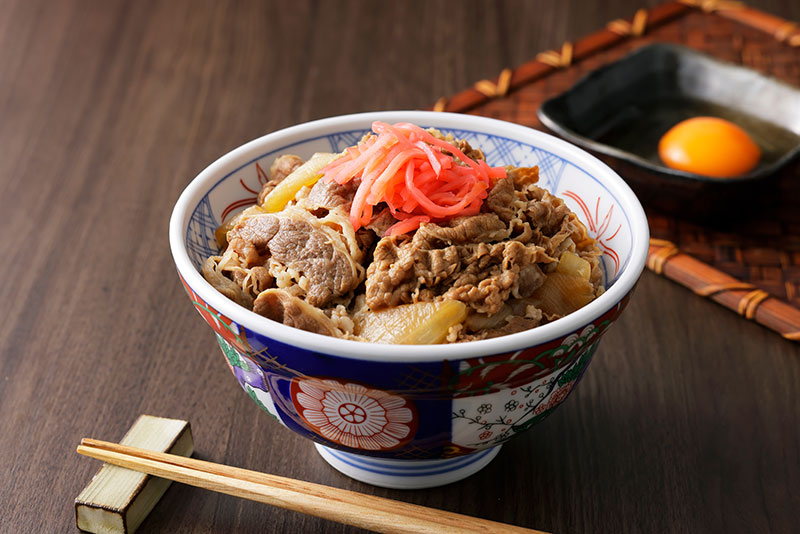
Photo for illustrative purposes
Butadon (pork bowl), which originated in Hokkaido, features thick slices of pork flavored with garlic soy sauce. It’s heartier than gyudon, offering a rich combination of porky depth and sweet-savory sauce.
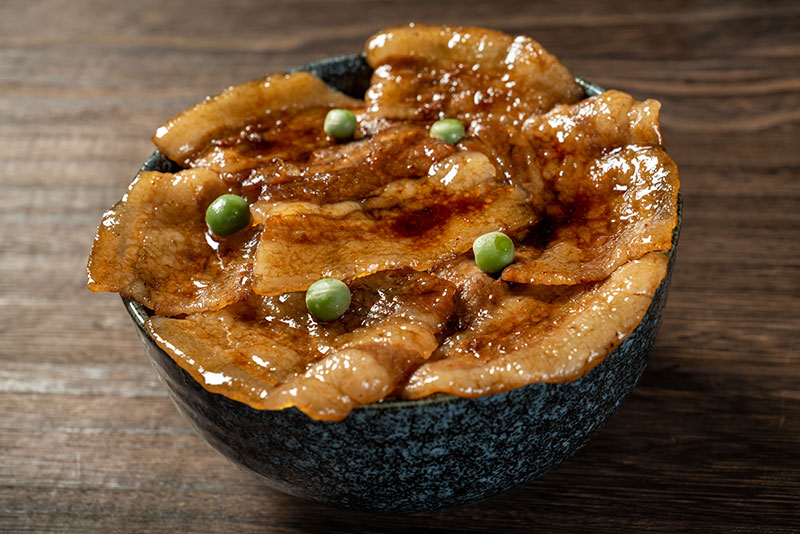
Photo for illustrative purposes
Oyakodon (chicken and egg bowl) uses chicken and egg simmered together. Its name—“parent and child donburi”—references the use of both chicken and its egg in the same dish.
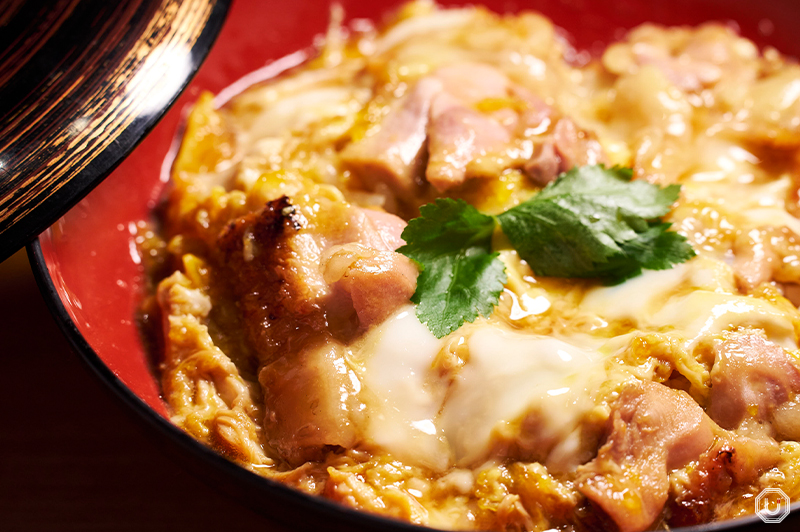
“Hinai Chicken Oyakodon Rice Bowl” at Shinjuku Imaiya Honten
Seafood donburi
Kaisendon (seafood bowl) features fresh seafood atop rice and is a delicious way to experience the bounty of Japan’s oceans. Popular toppings include tuna, salmon, ikura (salmon roe), and uni (sea urchin), with regional specialties depending on location and season. Coastal areas often serve ultra-fresh seafood bowls as local specialties.
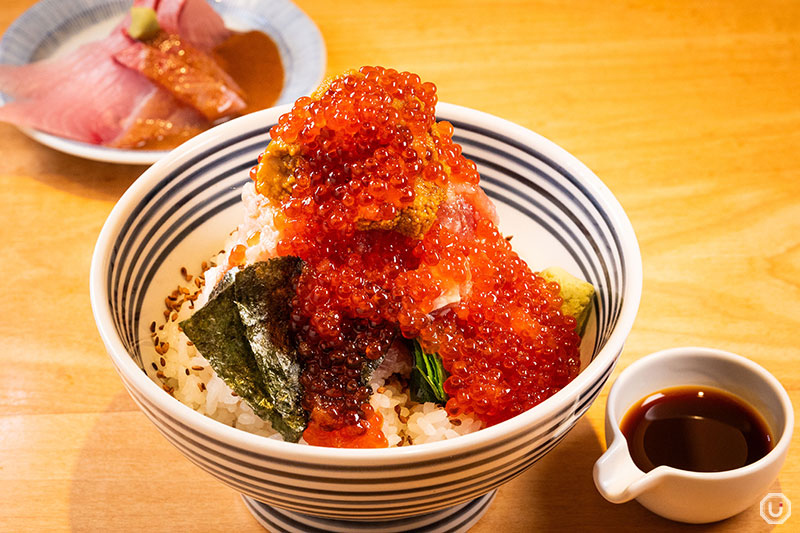
“Zetaitaku Don” from Nihonbashi Kaisendon Tsujihan ARK Hills
Tekka-don is a classic tuna bowl that showcases the flavor of red tuna sashimi. Other favorites include salmon bowls and shirasu-don (whitebait bowls), each prepared and presented with regional flair and seasonal ingredients.
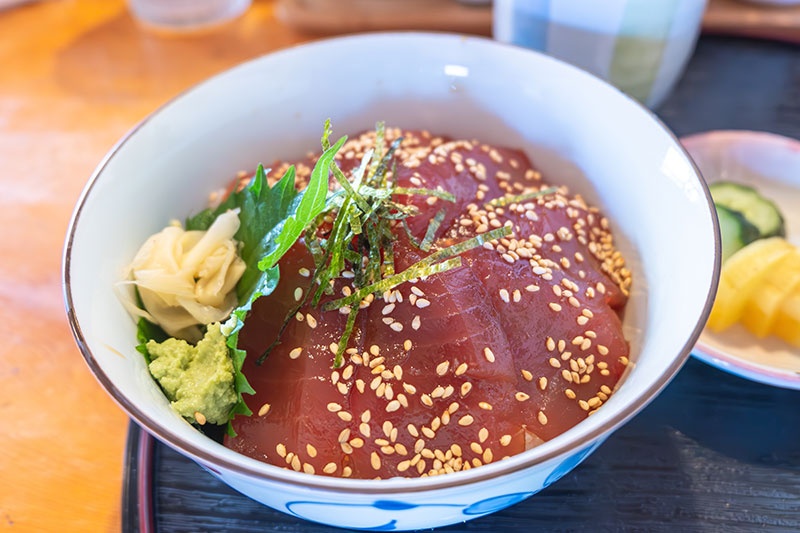
Tekka-don (photo for illustrative purposes)
Fried donburi (katsudon, tendon, and more)
Katsudon (pork cutlet bowl) features a breaded, deep-fried pork cutlet simmered in egg and soy-based sauce. The crispy coating, tender pork, and soft egg make for a comforting and hearty dish. In some regions, like Fukui prefecture, the cutlet is served with sauce instead of egg.
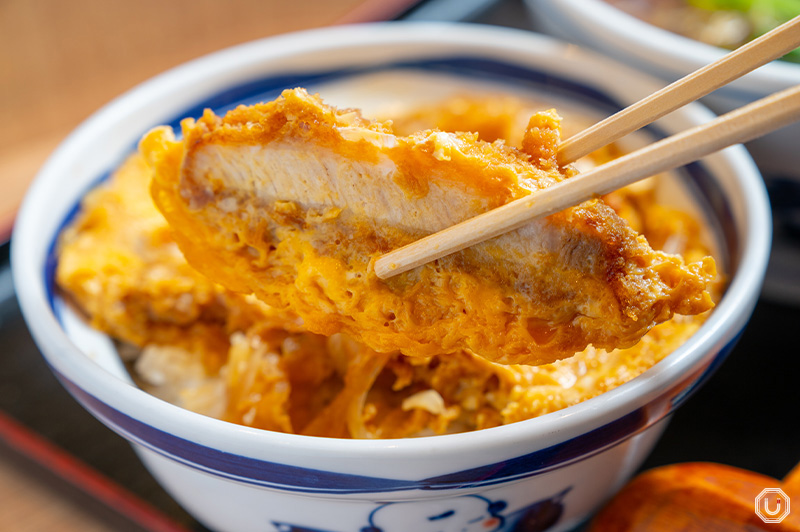
“Katsudon Set” (katsudon with soba) from Shinshūya Shinjuku minamiguchi
Tendon is another staple, consisting of tempura on rice. Shrimp and vegetable tempura are common, paired with sweet soy-based sauce that soaks into the rice for a rich taste. The variety of tempura used makes each bowl unique.
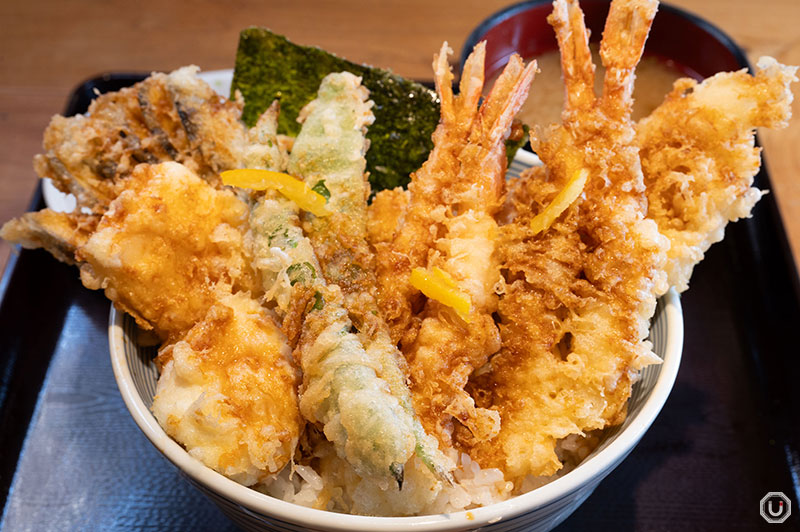
“Tenkichi Don” from Tenkichiya
Innovative variations also exist, such as the halal Wagyu sirloin tempura bowl from Tempura Asakusa SAKURA. Featuring halal-certified Wagyu and vegetables, this bowl has become a hit among international visitors.
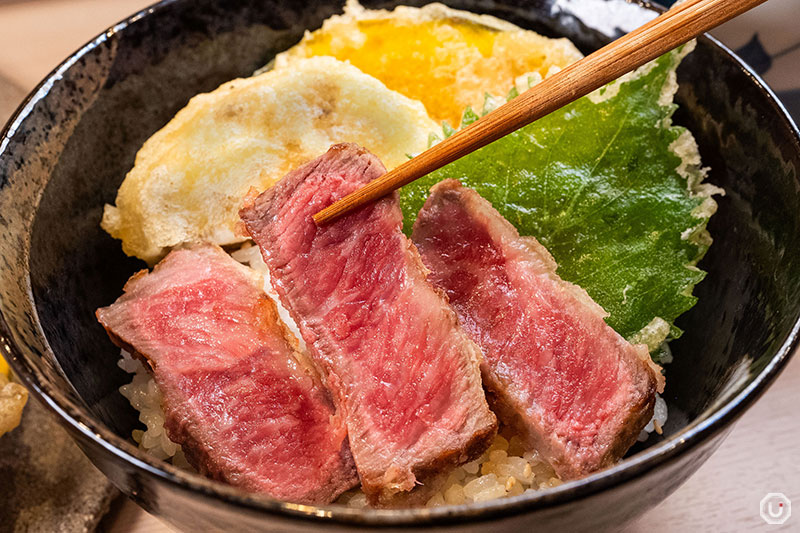
“Halal Wagyu Sirloin Tempura Bowl (Regular)” from Tempura Asakusa SAKURA
Regional variation of donburi across Japan
Many areas of Japan have developed their own unique donburi dishes that reflect local ingredients and food culture. These regional specialties are a culinary highlight for travelers.
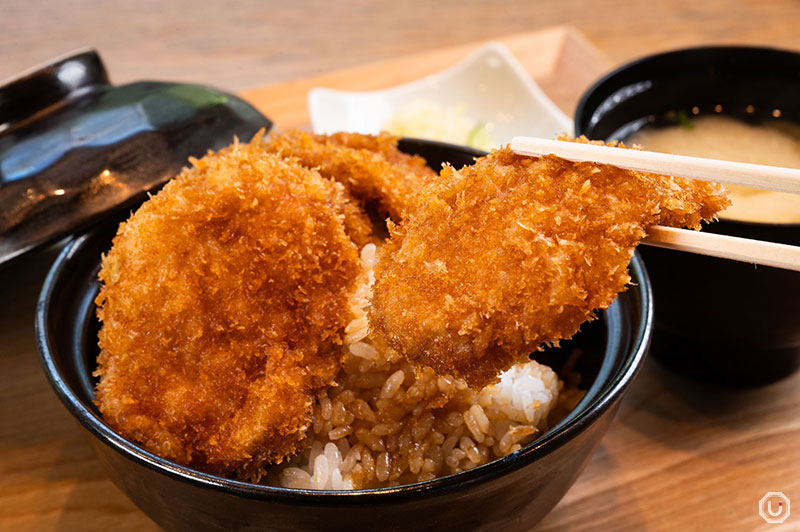
“Double-Stacked Katsudon” from Niigata Katsudon Tarekatsu
Kansai region
In the Kansai area, unique donburi like sasakama-don, and konoha-don use fish cakes instead of meat. These are typically topped with raw egg and served over rice, featuring delicate dashi-based flavors that reflect the region’s culinary style.
Kansai cuisine is known for its light seasoning and strong emphasis on dashi made from kombu and bonito, which also influences donburi preparation in the region.
Hokkaidō and Tohoku
Hokkaido’s seafood donburi, such as uni-don and ikura-don, are renowned for their freshness and abundance. In Hakodate or Sapporo, seafood bowls made with that morning’s catch are especially popular. Crab, scallops, and salmon are among the highlights.
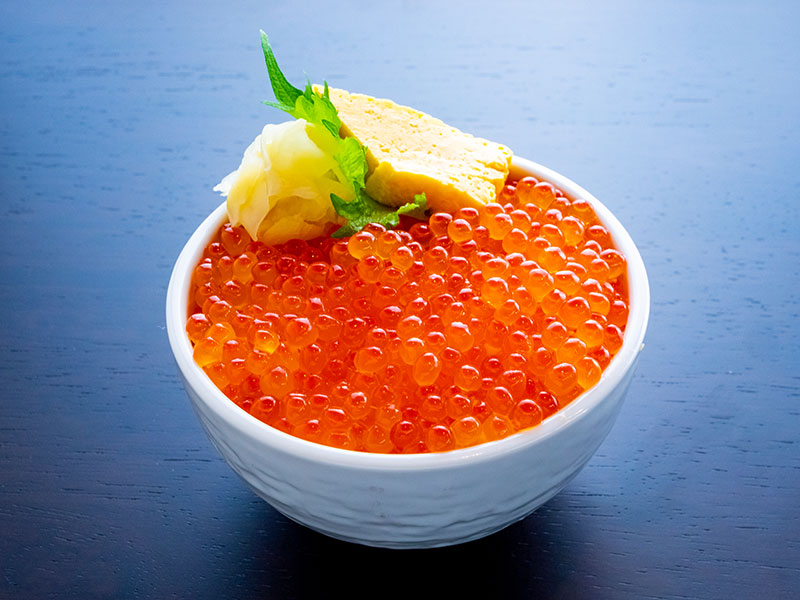
Ikura-don (photo for illustrative purposes)
The Tohoku region also has its own local donburi styles. Scallop bowls in Aomori prefecture, uni-don in Iwate prefecture, and oyster bowls in Miyagi prefecture showcase regional seafood specialties.
Kyūshū and Okinawa
Kyūshū-style donburi are known for using sweeter soy sauces and featuring regional meats like Kagoshima’s black pork and Kumamoto’s Akaushi beef.
Okinawan donburi dishes like gōyā champurū-don (donburi using gōyā champurū, a bitter melon stir-fry with tofu, egg, and pork belly) and rafute-don (donburi using braised pork belly) offer a distinctly different flavor profile, reflecting the island’s unique culinary heritage.
| Region | Representative dishes | Features |
|---|---|---|
| Hokkaido | kaisendon, uni-don, butadon | Fresh seafood, thick-cut pork |
| Kansai | sasakama-don, konoha-don | Fish cakes, dashi-based flavor |
| Fukui | sauce katsudon | sauce instead of the usual egg |
| Kyushu | kurobuta-don, akaushi-don | sweeter soy, regional meats |
| Okinawa | goya champuru-don | unique ingredients and techniques |
Creative new-style donburi
Some donburi are unique creations from the chef’s tastes, like the “Ebiyama Special Bowl” at Shibuya’s Ebiyama, where the owner personally dreamed of serving up a mountain of fried shrimp. This bowl includes four fried shrimp and a pork cutlet—plenty for a hearty appetite.
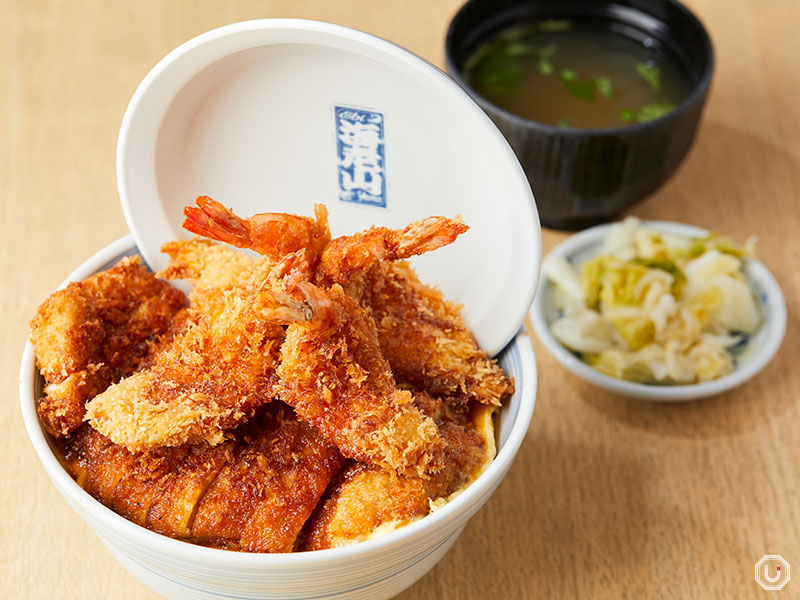
“Ebiyama Special Bowl” at Ebiyama
How to eat donburi properly
To fully enjoy donburi, it helps to understand the proper way to eat it and Japanese dining etiquette.
Using utensils
Chopsticks are standard for donburi, though spoons are also common for soupy or heavily topped bowls.
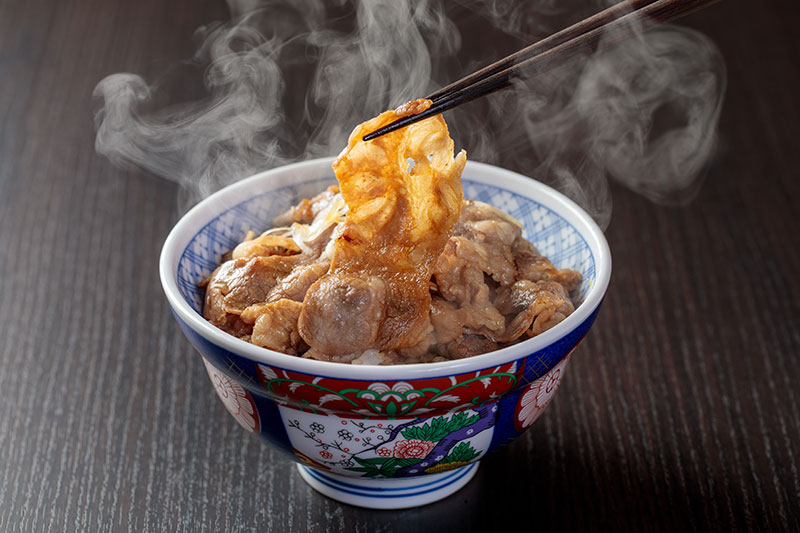
Photo for illustrative purposes
Follow general Japanese chopstick etiquette. For best flavor, combine rice and toppings in each bite. It’s not bad manners to pick up the bowl while eating, though some styles may be easier to eat with the bowl resting on the table.
Tips for the best flavor
To enjoy donburi at its best, balance each bite between rice and toppings. Lightly mixing the bowl at first helps distribute flavor. Don’t forget to eat the bottom layer, where sauces and juices are soaked into the rice.

Photo for illustrative purposes
Hot donburi should be eaten promptly, as textures can change over time. If condiments or pickles are provided, use them to enjoy shifts in flavor as you eat.
Conclusion
Donburi is a beloved part of Japanese food culture, offering a unique balance of nutrition, variety, and convenience in a single bowl. From classics like gyudon and oyakodon to regional specialties and innovative creations, there’s a donburi for every palate.
Whether you enjoy it at a fast-casual chain or a local specialty shop, donburi is a delicious and accessible way to experience the depth of Japanese culinary tradition. Be sure to try several varieties during your visit to Japan!
